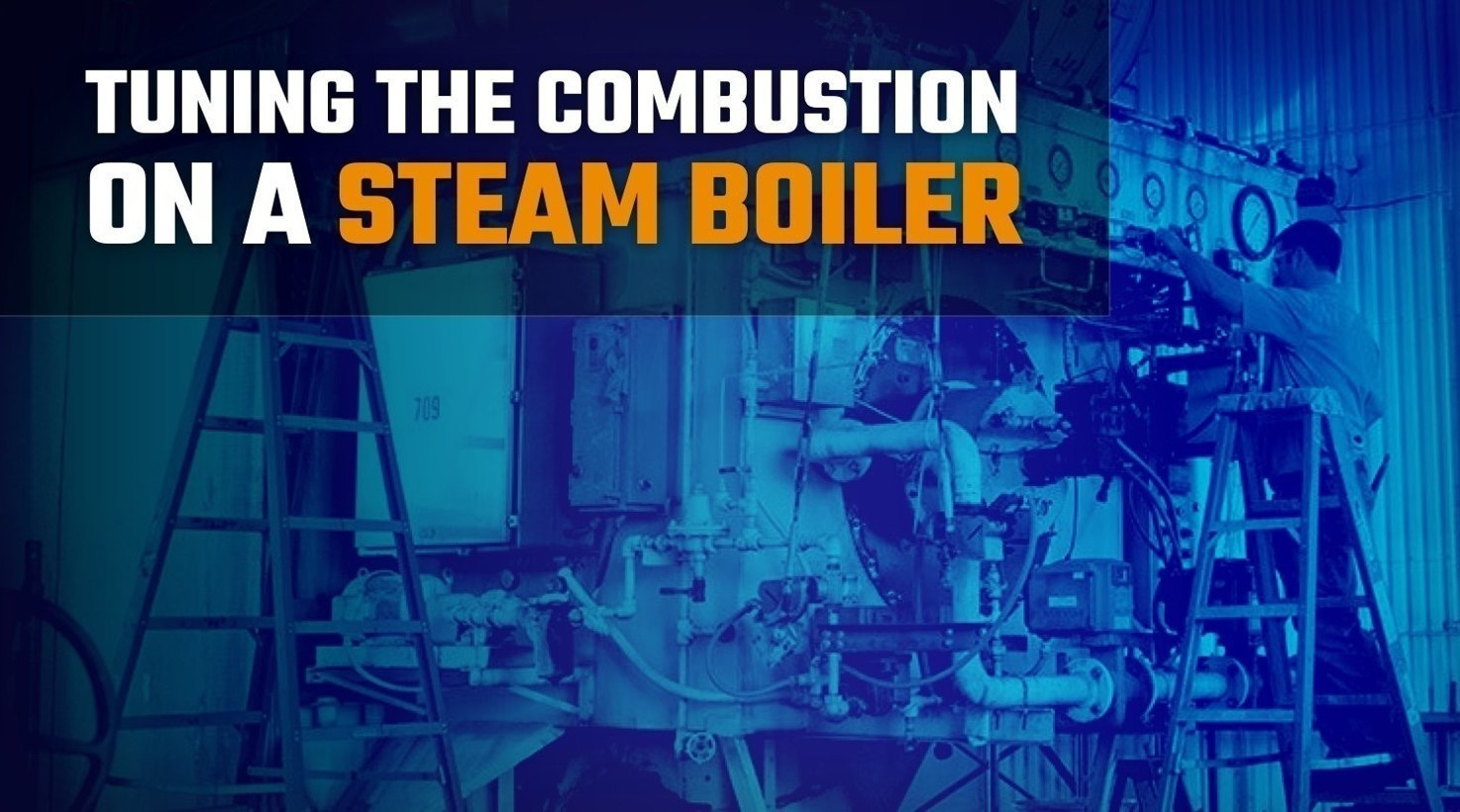Tuning the combustion on your boiler is kind of a big deal. Otherwise, it’ll end up operating outside of the manufacturer’s target values, and that can translate to real problems. An improperly-tuned boiler generates more carbon dioxide and soot, which can compromise performance and safety over time. But the biggest factor at stake here is fuel use, especially if you use a lot of it. Optimizing your boiler combustion can translate to real energy savings. And that translates to your bottom line.
The bad guys.
There are a lot of things that can affect boiler combustion. Some are obvious, some are slow and sinister, all are important. First, there are environmental changes. When the seasons change, they bring variations in humidity and ambient temperature. Then you have your building itself. It may not change as fast as the seasons, but your internal layout goes through some fairly regular rearrangement. Whether you’re physically expanding or just ramping up and down with the season, the demands on your steam system will be different. Finally, you have to factor in wear and tear. Your boiler sees a lot of use every year. It’s only natural that you can lose some performance over time as tolerances shift and components wear down.
The good news is, keeping your boiler combustion at its best can compensate for all of these and more, leaving you with a more consistent environment, and continual fuel savings.
When it’s time to tune.
When your boiler combustion is tuned, there are a few things to remember to make sure you get the best results.
Always make your adjustments under real-world operating conditions. That means taking samples when the boiler is under load. It also means making all adjustments when your boiler is properly warmed up. If it’s just starting up, or not under load, you’ll base your adjustments on inaccurate readings. That can end up making things worse instead of better.
Take your time when you take your readings. Tuning a boiler means running it up and down through its full firing range. Or, at the bare minimum, a low, medium, or high setting. Be sure to give the combustion analyzer time to take quality readings after adjustment.
Take your readings in the right place. Taking samples in the wrong part of the boiler will yield misleading numbers, which can lead to improper adjustment. If your boiler has a barometric damper, samples must be taken below it.Otherwise, you’ll get a mixture of flue gases and air going in, which will throw off accuracy.
Use a steam vent. For the most accurate tuning, your boiler has to be measured under full heating load. If you cannot provide an actual load, a steam vent can help simulate a load for your system, allowing readings to better reflect real-world operation. If the vent is too loud, you may also use a steam silencer to reduce the noise.
There’s one more benefit to regular tuning that a lot of people don’t realize, and it’s a pretty important one. As we all know, every system is different. It stands to reason, then, that the more often your boiler is tuned and serviced, the more familiar the service tech will be with your specific system. The more they know, the easier it is for them to keep you at peak efficiency.
Do right by your boiler. Tune it at least once per year. Twice is better. Four is best.
